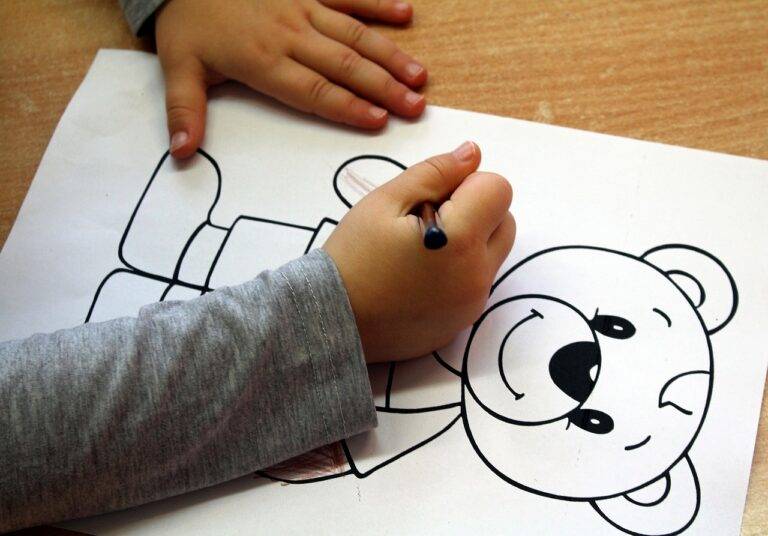The Future of CGI in Documentary Filmmaking
Incursions of computer-generated imagery (CGI) into the realm of documentary filmmaking have sparked both excitement and debate among filmmakers and audiences alike. The integration of CGI in documentaries poses a significant challenge in maintaining authenticity and credibility, which are fundamental pillars of this genre. As CGI allows for manipulation and alteration of visual content, there arises a concern regarding the potential distortion of reality and the blurring of the line between fact and fiction in a documentary narrative. Filmmakers grapple with the delicate balance of utilizing CGI to enhance storytelling without compromising the integrity of the real-life events and subjects they aim to portray.
Moreover, the incorporation of CGI in documentary filmmaking comes with technical hurdles and budget considerations. Unlike fictional films where CGI is often used to create elaborate fictional worlds and fantastical elements, the use of CGI in documentaries demands a high level of precision and adherence to accuracy. Achieving seamless integration of CGI elements with original footage requires meticulous planning, skilled execution, and access to resources that may strain the budget constraints typically associated with documentary productions. This presents a challenge for filmmakers seeking to enrich their storytelling with CGI while navigating the practical limitations imposed by budgetary constraints.
Advancements in CGI Technology for Documentaries
In recent years, advancements in CGI technology have revolutionized the way documentaries are made. As filmmakers strive to bring complex subjects to life on the screen, the use of CGI has become increasingly common. From historical reenactments to visualizing scientific concepts, CGI offers a powerful tool for enhancing the storytelling in documentaries. With the ability to create realistic environments and effects, filmmakers can transport audiences to different time periods or immerse them in the intricacies of nature.
Moreover, CGI technology allows filmmakers to convey abstract ideas in a visually compelling way. By using CGI to visualize data or explore hypothetical scenarios, documentaries can engage viewers on a deeper level. This innovative approach not only makes complex concepts more accessible but also adds a creative dimension to the storytelling process. As CGI technology continues to evolve, the possibilities for enhancing the impact and reach of documentary filmmaking are truly endless.
What are some of the challenges faced when incorporating CGI in documentary filmmaking?
Some challenges include maintaining the authenticity of the subject matter, ensuring the CGI seamlessly integrates with live-action footage, and balancing the use of CGI with traditional documentary storytelling techniques.
How has CGI technology advanced in recent years for documentaries?
CGI technology has advanced in terms of realism, detail, and efficiency, allowing filmmakers to create incredibly lifelike visuals that enhance the storytelling experience in documentaries.
Can CGI be used to manipulate or alter the truth in documentaries?
While CGI can be used to enhance visuals and create engaging storytelling elements, it is important for filmmakers to use it responsibly and ethically to accurately represent the truth in documentaries.
Are there any limitations to using CGI in documentary filmmaking?
Some limitations include the cost of implementing CGI, the time and resources required for creating realistic CGI effects, and the potential for CGI to overshadow the authenticity of the documentary content.





